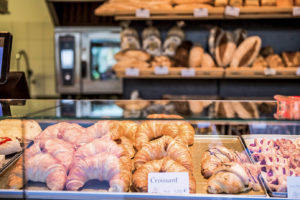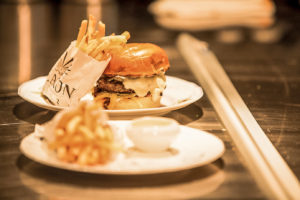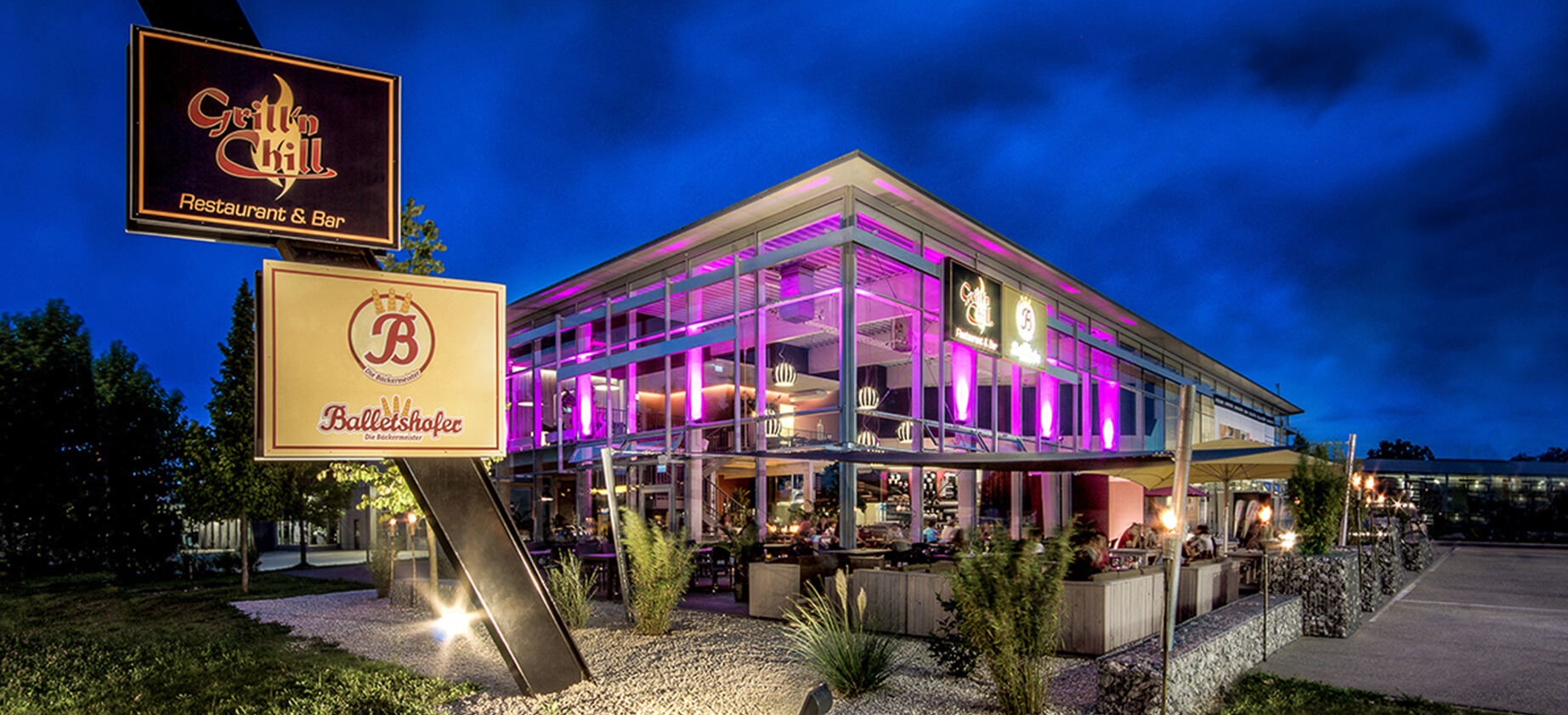With bakery cafes, cupcake operators and supermarkets working hard to steal market share from traditional bakeries, the segment has had to evolve to compete in today’s increasingly pastry-heavy marketplace.
According to foodservice industry expert Darren Tristano, the founder and CEO of Foodservice Results, this evolution has taken several different forms in the US.
First, he’s noticed the growth of ethnically focused bakeries, particularly on the West Coast and in Asian markets, which create more traditional flavours and cake types to appeal to ethnic consumers. Meanwhile, many existing bakeries have added coffee and other speciality beverages to their menus to compete with coffee cafes and give customers another option to accompany their pastry.
“Bakeries also continue to build sales in the breakfast day part and through custom cake and pastry orders, while culinary innovations have brought Cronuts (croissant donuts) and other innovative products to the specialty and mainstream markets,” he says.

Rather traditional bakery
High traffic, low spend
Charles Winship is a senior research analyst of consumer insights at foodservice research firm Technomic. He says the big challenge for the café sector, which includes bakeries, is that while these sorts of outlets tend to drive high traffic, the spend is low compared to other restaurant categories.
“This has created an ongoing challenge to figure out how to grow sales by getting customers to pay more, which is leading to more food options at beverage focused cafes and more of an effort among operators selling baked goods to try to get customers to visit more for meals than for snacks,” he says.
“In some cases, they are making more investments in their kitchens, adding that full-service, to try and capitalise on people lingering at cafes and get them to make a couple more purchases throughout their visit.”
Start small and see what sticks
Although Tristano hasn’t seen a clear trend of bakeries moving towards the full-service model, he does believe it makes sense. “Many of the essential ingredients for hot dishes are available in the bakery,” he says. “The challenge is to build out the kitchen to serve these dishes and provide enough space in the front of house to accommodate seating for in-store dining and takeaway.”
His advice is to start small offering fresh coffee and juices and see what sticks. “The next step would be to offer pre-packaged soup or salad for grab and go to build revenue and test the consumer demand for products beyond bakery. Then if consumers are open to adding foodservice items, it would be prudent to invest in equipment in the kitchen to prepare and serve hot foods.
“Counters or high tops can be added requiring a small amount of space and existing staff can be trained to take orders and run foods out to the table. “

Burger served at a bakery-restaurant
Keeping it simple
Even at this point, Winship says, it’s important to keep the offer simple. “If you add more equipment or if you expand your menu too much, that can really complicate the operating model and you could create challenges around slower service, higher food costs and more food waste,” he says. “You really need to understand what you’re capable of doing and cut down on complexity.”
This is exactly the philosophy of London-based bakery Pophams founder Ollie Gold, who will soon open a second Pophams outlet, complete with a pasta bar and evening restaurant.
“Pophams’ concept is based on simplicity. [At our first outlet] we serve croissants and pastry and we make everything out of the same pastry but try to be slightly more innovative and creative with it,” Gold says.
“We started talking about pasta [for the second site] because I love the idea that across a whole day of service you can serve two different things but the skillsets could be transferred and shared. Our pasta menu will be super simple – we’ll do four or five pastas every evening. We’re just going to really try and do two things really well – rather than a whole heap of things.”
Staffing issues
Challenges Gold has encountered so far include managing the transition from one outlet to two while retaining Pophams’ identity as a small, independent operator and – more importantly – recruitment.
“We’ve overcome it now but that was the most worrying thing for us in terms of should we do this. The amount of restaurant bakers and baristas in London is not at a great point in terms of supply, so if we need to employ another 25-30 people, would that be possible to do in today’s market?”
Tristano believes hiring and training additional staff to provide dedicated service is the key to success in the shift from a bakery to a full-service restaurant. Otherwise existing customers could be turned off by longer wait times.
A shift in mindset, he adds, is also essential: “If bakery operators do continue to add more foodservice to their operations, the incremental revenue should be sustainable, but eventually, they will need to think more like a restaurant and less like a bakery.”

Modern bakery-restaurant interior design / Image: Balletshofer
Standing out from the crowd
Adding a full-service element won’t be the right move for every bakery operator. As Tristano explains: “This is the right move for successful bakeries that enjoy good profit margins and can invest. It is also a benefit when a bakery has ample space and isn’t trying to squeeze in the tables and equipment, making it more difficult to operate and service customers adequately.”
For example, bakery chains in Europe like PAUL and Le Pain
Quotidien, which have restaurants in the US too, have adapted their bakery concepts to offer both fast casual and full-service formats. Meanwhile Panera Bread’s Panera 2.0 roll-out in 2014 saw the brand introduce a way for customers to place online or mobile orders in the store and have these delivered to their table.
But these aren’t the only options for bakeries looking to boost revenue in a competitive market. “Often a commissary approach is helpful to produce baked items for multiple stores, allowing additional retail brand expansion into local supermarkets, convenience store and warehouse clubs,” Tristano says.
“Innovation in baked offering can also build brand recognition and help a bakery stand out from a crowd. For example, many donut shops like Voodoo and Stan’s Donuts have built very craveable products that drive their business.”















